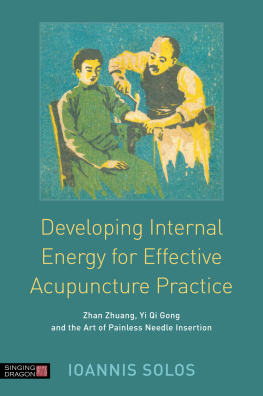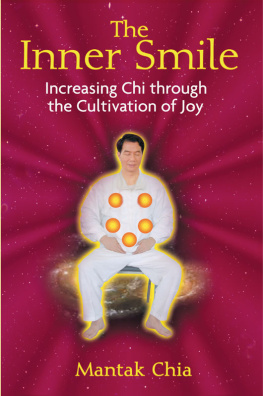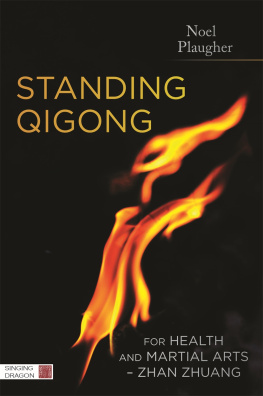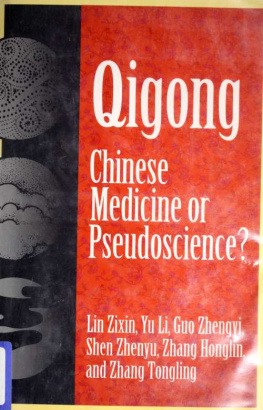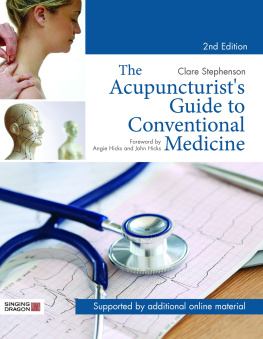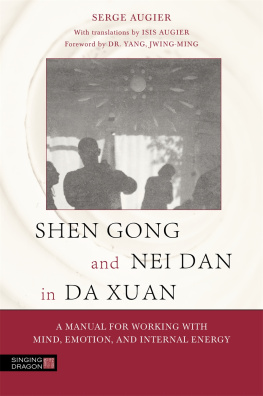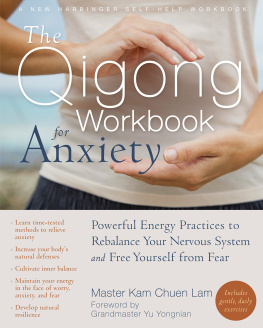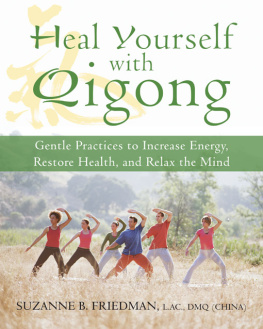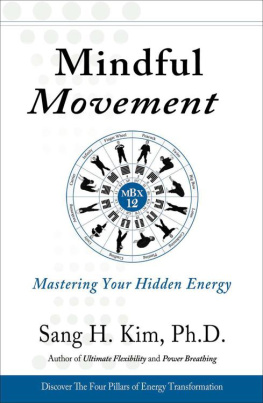ABOUT THE AUTHOR
Ioannis Solos studied Traditional Chinese Medicine at Middlesex University and the Beijing University of Chinese Medicine. He enjoys researching, teaching, practicing and critically interpreting the ancient philosophy and culture of China, internal martial arts, health preservation practices, classic medical texts and lesser-known Chinese esoteric traditions. He is the author of Gold Mirrors and Tongue Reflections , also published by Singing Dragon.
ACKNOWLEDGMENTS
First of all I would like to thank my teacher, Master Cui Fu-shan, who has bestowed on me true Yi Quan teaching, in accordance with the lineages of Masters Bu Enfu and Yao Zongxun. His ideas and instruction helped me to expand my horizons and develop my imagination in directions I never thought possible. He positively influenced my perception of propriety in the martial, moral, social and energetic sense. He always taught me that (which roughly means: getting along with people with decency, dignity and morality) is the highest goal that we should attain as people and martial artists.
Many thanks to Jessica Kingsley, who convinced me to organize and record these ideas on paper. This book would never have been possible without her passion and support.
I am also very much indebted to my very good friends Xue Mei, Liu Meijuan, Zheng Jiazheng, Ryan Bolen, Chen Jiaoling and Megan Williams for all their help and advice during the writing of this book.
APPENDIX 1
MASTER BU ENFUS
YI QUAN LINEAGE AND TRAINING METHODOLOGY
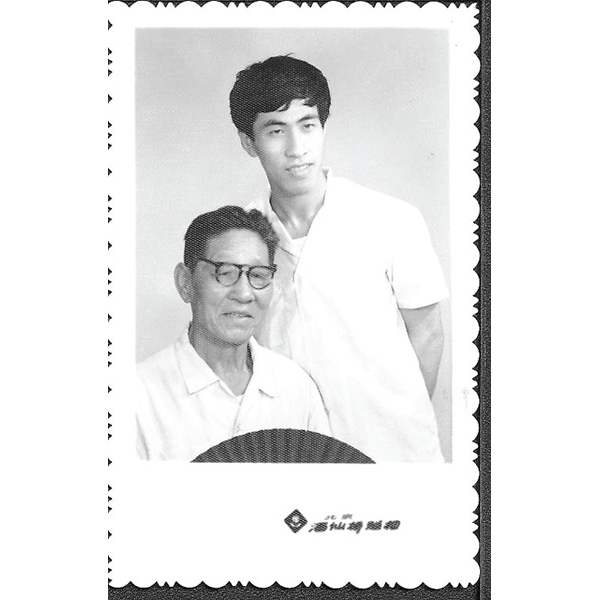
Master Bu Enfu with Cui Fushan
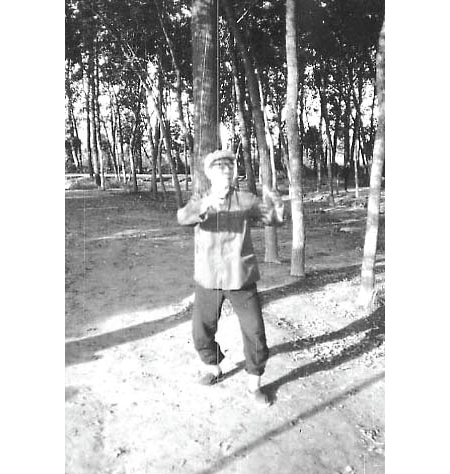
Master Bu Enfu demonstrating the Kai He Shi Li (exercise 12)
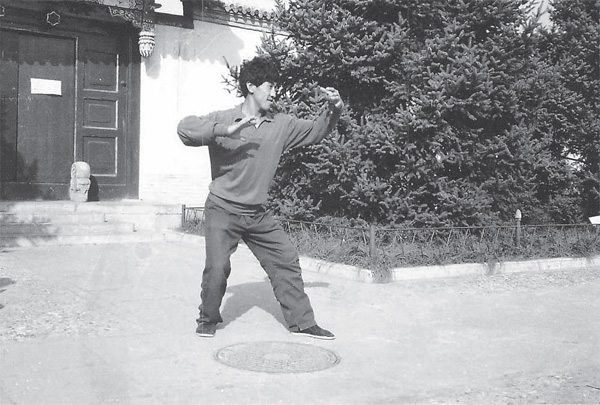
Master Cui Fushan demonstrating a variant of the Hun Yuan Zhuang
(exercise 8, variant 2)
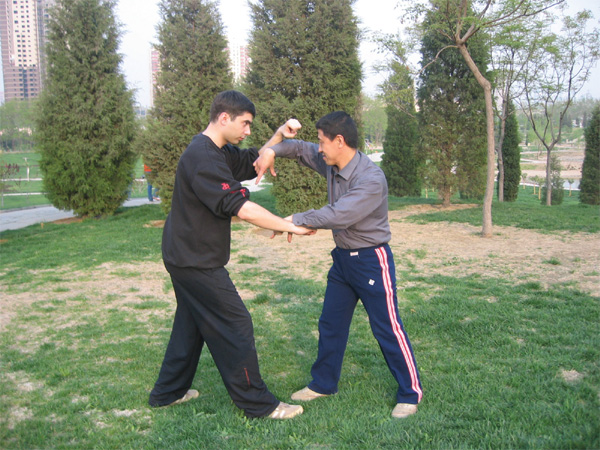
Master Cui Fushan and Ioannis Solos
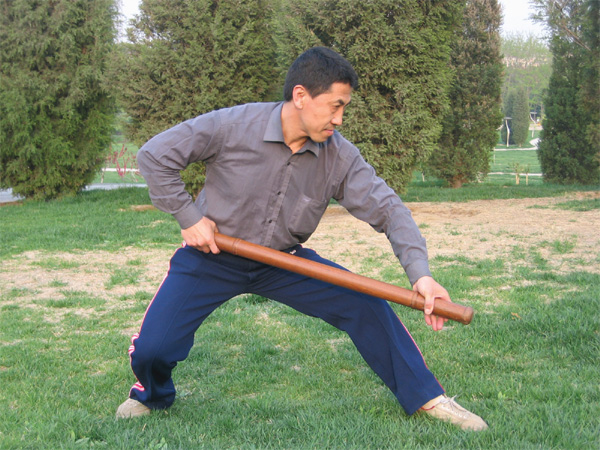
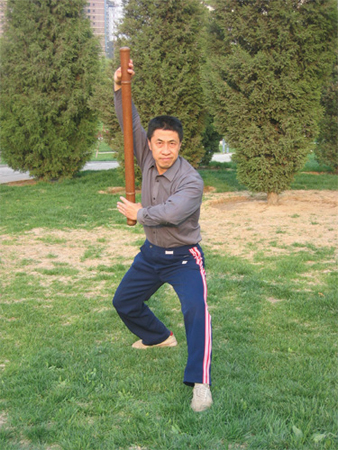
Master Cui Fushan demonstrating Yi Chuan Long Ruler exercises
APPENDIX 2
THE COURSE OF THE QI IN THE INTENTION AND QI EXERCISE
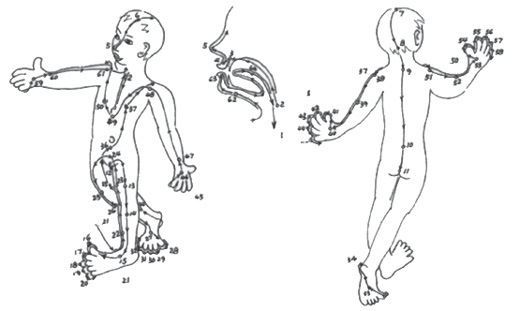
Heart (no point)
Throat (no point)
Duan Jiao (GV-28)
Ren Zhong (GV-26)
Bi Zhun (GV-25)
Shen Ting (GV-24)
Bai Hui (GV-20)
Feng Fu (GV-16)
Da Zhui (GV-14)
Yao Shu (GV 2)
Chang Qiang (GV-1)
Hui Yin (CV-1)
Fu Tu (ST-32)
Zu San Li (ST-36)
Chong Yang (ST-42)
Da Dun (LV-1)
Li Dui (ST-45) and Nei Ting (ST-44)
Middle toe (no point)
Qiao Yin (GB-44)
Zhi Yin (BL-67) and Tong Gu (BL-66)
Yong Quan (KI-1)
San Yin Jiao (SP-6)
Ji Men (SP-11)
Guan Yuan (CV-4)
Fu Tu (ST-32)
Zu San Li (ST-36)
Chong Yang (ST-42)
Da Dun (LV-1)
Li Dui (ST-45) and Nei Ting (ST-44)
Middle toe (no point)
Qiao Yin (GB-44)
Zhi Yin (BL-67) and Tong Gu (BL-66)
Yong Quan (KI-1)
San Yin Jiao (SP-6)
Ji Men (SP-11)
Qi Hai (CV-6)
Ru Zhong (ST-17)
Jian Yu (LI-15)
Qu Chi (LI-11)
Zhong Zhu (TB-3)
Shao Shang (LU-11)
Shang Yang (LI-1)
Zhong Chong (PC-9)
Guang Chong (TB-1)
Shao Ze (SI-1)
Lao Gong (PC-8)
Lie Que (LU-7)
Yun Men (LU-2)
Wei Wan (CV-12)
Ru Zhong (ST-17)
Jian Yu (LI-15)
Qu Chi (LI-11)
Zhong Zhu (TB-3)
Shao Shang (LU-11)
Shang Yang (LI-1)
Zhong Chong (PC-9)
Guang Chong (TB-1)
Shao Ze (SI-1)
Lao Gong (PC-8)
Lie Que (LU-7)
Yun Men (LU-2)
Lian Quan (CV-23)
Cheng Jiang (CV-24)
Ju Quan (EX-HN-10)
Also available
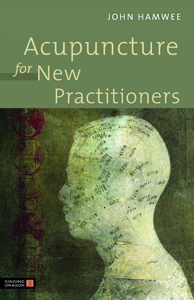
Acupuncture for New Practitioners
John Hamwee
ISBN 978 1 84905 267 2
eISBN 978 0 85700 544 1
An invaluable guide for anyone beginning a career in acupuncture, this book offers a unique and supportive insight into the challenges and the pitfalls that the novice acupuncturist is likely to encounter, and provides encouragement and down-to-earth ideas for tackling them.
Written in an easy-to-read conversational style with useful case studies throughout, this book will help newly-qualified acupuncturists to reflect on what kind of practitioner they want to be. It addresses styles of working, common mistakes, confidence with patients, becoming a better practitioner, and how to think about success and failure in the treatment room. The ultimate goal is to ensure that the practitioner ends the day refreshed and enlivened by the work and has confidence in the treatments given.
BIBLIOGRAPHY
Articles
(Our thoughts on the dictum: for success in needling, you must control the spirit.) 2010: 2.
(Discussion on the theory of controlling the spirit in the Huang Di Nei Jing , and clinical applications.) 2012: 5 (14).
, (On adjusting energy before acupuncture from Su Wen : Bao Ming Quan Xing Lun .) 2009: 2 (32).
(The ancient concept of Shen, and the Shen in the Huang Di Nei Jing and other related concepts.) 2010: 3.
; (Examination of controlling the spirit in needling through the relationship of physical form and spirit.) 2009: 4.
, (Insights on: the crude maintains the frame, the superior maintains the spirit.) 2010: 8 (45).
(Discussion on controlling the spirit and appropriate meditation in needling.) 2006: 5 (37).
(Brief discussion on the Qi Gong elements of controlling the spirit in needling.) 1989: 3.
, (The dictum for all kinds of needling, you should first control the spirit being the core of acupuncture needling.) 2009: 2.
(Discussion on controlling the spirit and maintaining the qi in acupuncture treatment.) 1989: 4.
(Acupuncture with Zhi Shen and Dao Yin Xing Qi.) 2007: 2 (23).
(Controlling the Spirit and Maintaining the Spirit and the treatment room environment.) 2012: 1.
(Thinking of acupuncture treatment of vitality.) 2002: 1 (21).
(Yi Qi Gong.) 1958: 5 (18).
Medical books
/ (Complete Library of Ancient and Modern Medical Works Huang Di Ling Shu Jing and Nan Jing .) 1959.
(Complete Library of Ancient and Modern Medical Works Huang Di Su Wen .) 1959.
(Prescriptions for Universal ReliefVolume 10Acupuncture.) 1959.
(The Great Compendium of Acupuncture.) (Republic of China print 19111949, exact date unknown).
1987.
Yi Quan books
(Anthology of the Works of Martial Arts Master Wang Xiang-zhai.) 2010.
(Yi Quan Health Preservation.) 1988.
by the same author
Gold Mirrors and Tongue Reflections
The Cornerstone Classics of Chinese Medicine Tongue Diagnosis The Ao Shi Shang Han Jin Jing Lu, and the Shang Han She Jian
Ioannis Solos
Forewords by Professor Liang Rong and Professor Chen Jia-xu
Next page
